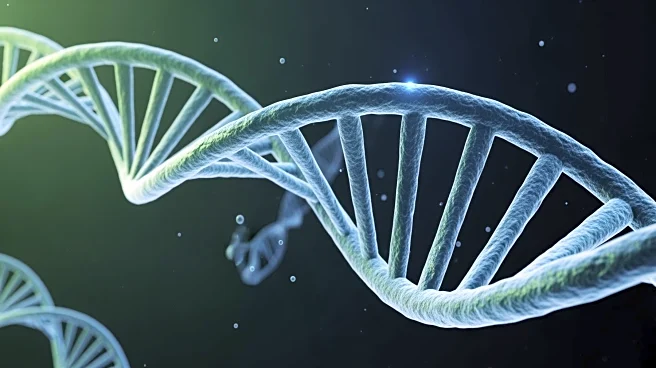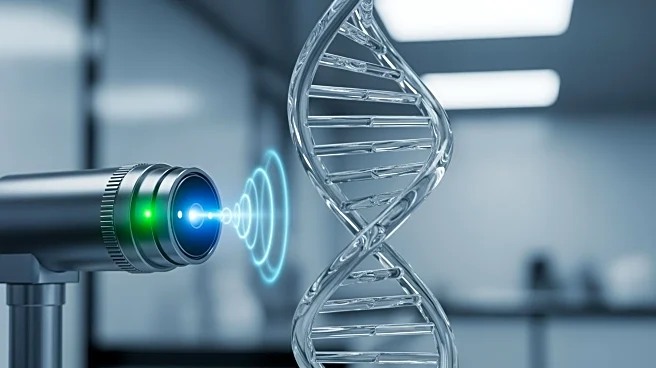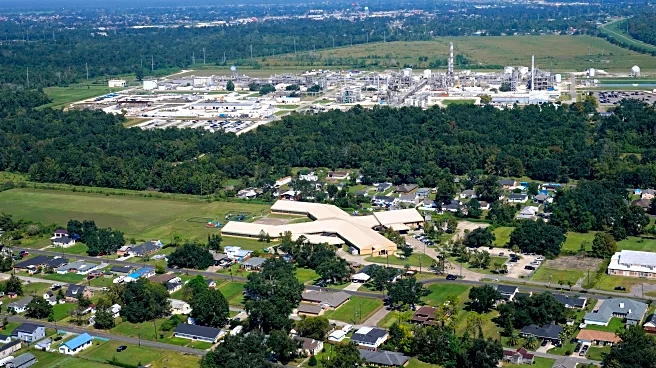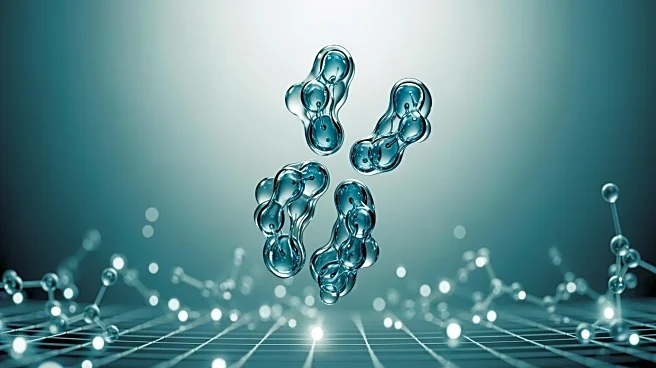What's Happening?
Researchers at Utrecht University have developed a new fluorescent sensor that allows scientists to observe DNA damage and repair processes in real time within living cells. This innovation, published
in Nature Communications, addresses the limitations of previous methods that required killing cells to capture snapshots of DNA repair. The sensor uses a fluorescent tag attached to a natural protein domain, enabling it to bind gently to markers on damaged DNA without disrupting the repair process. This advancement provides a continuous view of the repair process, offering higher resolution and more realistic data. The sensor has been successfully tested in living organisms, such as the worm C. elegans, demonstrating its potential for broader biological applications.
Why It's Important?
The development of this fluorescent sensor is significant for medical research, particularly in cancer therapy and drug safety testing. By allowing real-time observation of DNA repair, researchers can gain insights into the effectiveness of treatments that target DNA damage in tumor cells. This tool could lead to more accurate and cost-effective assessments of DNA damage caused by new drugs, potentially accelerating the development of cancer therapies. Additionally, the sensor's ability to function in living organisms opens up possibilities for studying natural aging processes and environmental exposures, which could have implications for understanding diseases related to DNA damage.
What's Next?
The research team has made the sensor openly available to other laboratories, encouraging its use in various studies on DNA repair. This accessibility may lead to collaborations and further innovations in the field. Researchers are expected to explore the sensor's applications in mapping DNA damage across genomes and identifying proteins involved in repair processes. The tool's versatility suggests it could be adapted for different experimental setups, potentially leading to breakthroughs in understanding cellular repair mechanisms and their impact on health.













